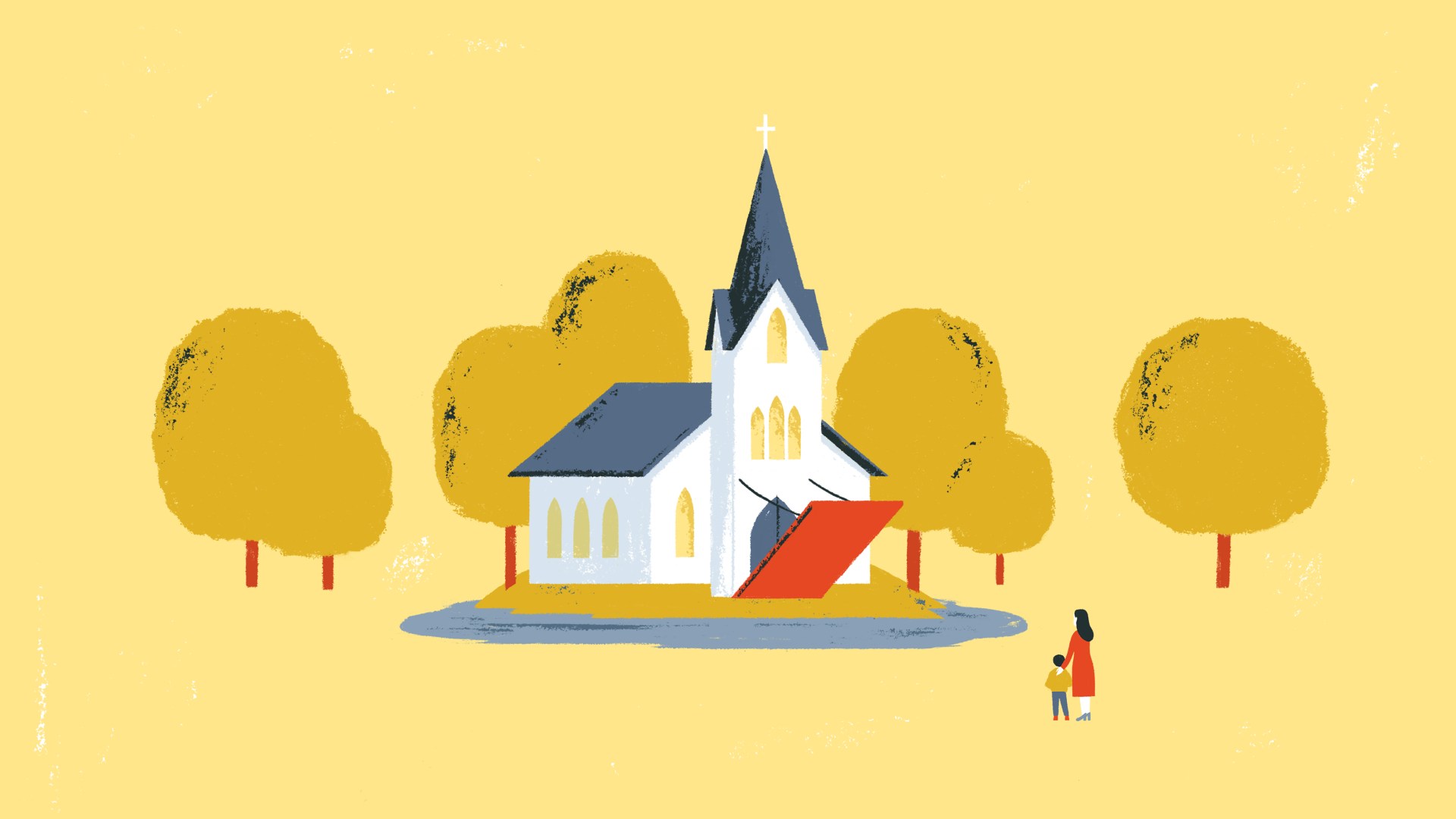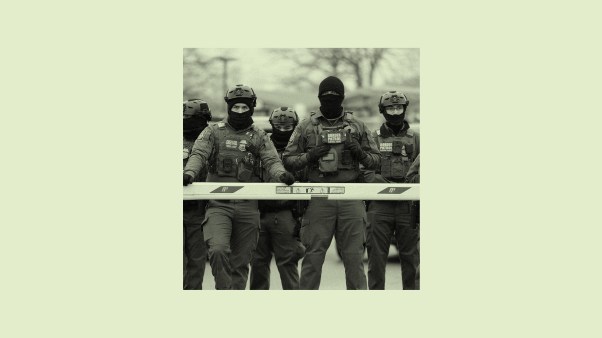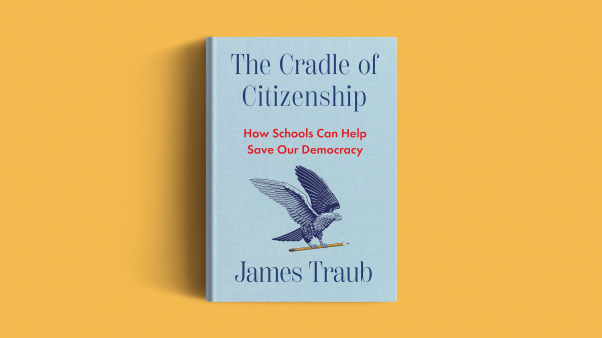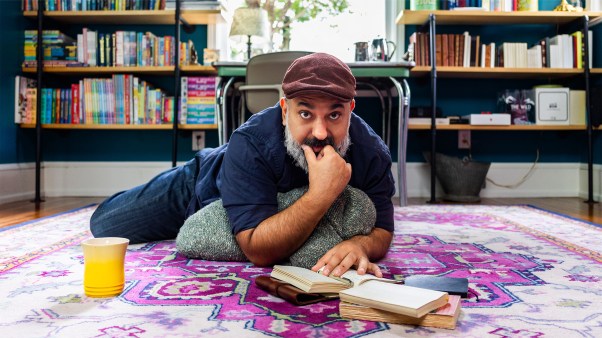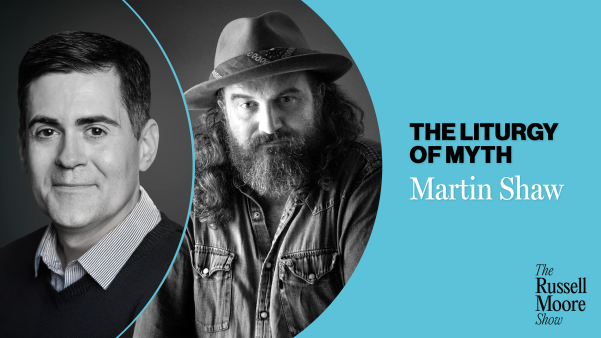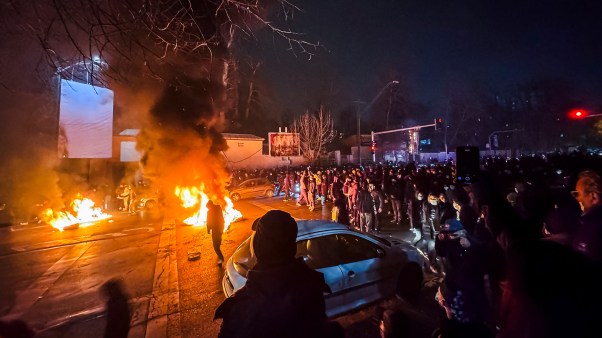Warren Mitchell, a veteran police officer and member of a prominent African American congregation in Dallas, has seen the lines blur between his work and church life over the past several years.
On Sundays, “you just can’t sit comfortably, especially from my seat, because I know I’m responsible for the security of the church,” said Mitchell, who leads a 75-member security team at the Friendship-West Baptist Church.
His congregation—like others across the country—has been forced to shift strategies and ramp up training in the wake of recent threats.
After a white supremacist killed nine members of Emanuel African Methodist Episcopal Church in Charleston, South Carolina, in 2015, Mitchell’s 12,000-member megachurch expanded active shooter drills to other ministry teams beyond security, including hospitality teams and ushers. “Everybody needed to be a part of providing a safe environment,” Mitchell said.
Then the church’s pastor, Frederick D. Haynes III, reportedly appeared on a hit list alongside several progressive politicians who received pipe bombs in the mail last year, and the congregation was on alert once again.
Attacks on US churches by angry outsiders remain relatively rare. But they have been happening more frequently and more prominently.
An estimated 617 worshipers have been killed in violent incidents in the US since 1999, and the number of attacks at houses of worship has risen almost every year, according to data from the Faith-Based Security Network (FBSN).
This November will be the second anniversary of the deadliest church shooting in modern history: the ambush on tiny First Baptist Church in Sutherland Springs, Texas, that killed 26 people. Since then, two US synagogues have also suffered deadly shootings, as have dozens of other public places.
This disturbing trend has made church security a new normal. Many congregations now have guards at doors and parking lots, security cameras monitoring entrances, and crisis procedures for staff and volunteers.
“There is a general sadness among churchgoers that we have come to this point,” wrote Thom Rainer, former CEO of LifeWay Christian Resources, on his blog last year. “Church members . . . don’t like locked doors, security cameras, and gun-carrying members. But they realize this reality is here to stay.”
There’s no one-size-fits-all strategy. Larger congregations can often afford to hire local police. Others enlist volunteers, often tapping members with law enforcement backgrounds. A whole subset of ministry resources has emerged to arm churches to protect their flocks.
Briarwood Presbyterian Church in Alabama is blazing a new trail after the state authorized it last June to create its own police force, which will patrol its sanctuary and school campuses. And churches that can demonstrate a threat of violence may be eligible for new Federal Emergency Management Agency funding to upgrade security and hire officers.
Experts at Brotherhood Mutual, which insures churches and ministries, have suggested easy changes that can improve security in sanctuaries, like using two-way radios, locking doors to create a single entry point during Sunday services, and pointing out the exits.
If a pastor is considering launching a security team, Carl Chinn at FBSN might be his or her first phone call.
His organization of church security leaders and law enforcement officials shares best practices, threat information, and a database of every act of violence at a place of worship in the past two decades.
As the frequency of incidents has risen, so has demand for Chinn’s expertise. Just ten days before the shooting at Sutherland Springs, FBSN became a certified nonprofit organization.
Chinn has survived the kind of violence he now works full time to help churches defend against. Twice, in fact. A former building engineer at Focus on the Family in Colorado Springs, Colorado, he was one of four people taken hostage by a gunman who charged inside the ministry in 1996. Then, 11 years later, he was a security officer at nearby New Life Church when a shooter killed two sisters in the parking lot before storming inside.
At New Life, witnesses didn’t even recognize the gunshots for what they were. “So many people interviewed said, ‘I thought it was ice falling off the roof,’ or, ‘I thought it was stacks of chairs or tables falling over,’” he said.
That’s part of what he teaches law enforcement agencies across the country: to help churches overcome their “normalcy bias.” When people assume the worst couldn’t happen in their church, they often aren’t in a position to respond quickly when it does.
Police can also offer an outsider’s perspective on the church’s vulnerabilities, particularly aspects that a criminal could exploit. Rocks in landscaping could quickly become weapons. Detailed updates or schedules on the church website could tip off criminals, Chinn said.
Though 60 percent of attacks at places of worship involve guns, neither Chinn nor Mitchell—who has spent 31 years on the police force—believes anonymous concealed carry in church is wise.
White evangelicals are more likely than the average American to own a handgun and more likely than the average gun owner to carry it with them in public, according to Pew Research Center data.
Two states—Louisiana and Nebraska—bar concealed carry in houses of worship outright, with exceptions for trained security. Individual churches may establish their own policies designating gun-free zones if they would like to keep worshipers from packing in the pews.
Texas actually enacted new gun legislation last month that explicitly allows licensed handgun owners to bring their weapons in places of worship. Meanwhile, Mormons adopted a ban on firearms in their gatherings, with police being the only exception.
Chinn said while he respects church members’ right to concealed carry in Colorado, he would tell them, “Please do not get involved if something big goes down at the church.”
Mitchell said the same—that he discourages concealed carry at Friendship-West, although he does request some plainclothes members of his security team carry their guns during times of increased threat. But in those cases, those team members wear a special pin so that Mitchell can identify them.
“Concealed carry people who are in the crowd who don’t know each other are more likely to contribute to a problem than those who have worked together,” Chinn said.
Even without a major incident, the efforts to keep churches safe can weigh on volunteers. At Friendship-West, the pastor hosts an annual retreat for those who spend Sundays focused on the security instead of the sermon.
“It’s important to me that although we’re a church and we’re always keeping our eyes open, we have to remember that we have to be fed the Word,” Mitchell said. “You didn’t have to worry about that back in the day.”
Maria Baer is a contributing writer for CT and based in Columbus, Ohio.

